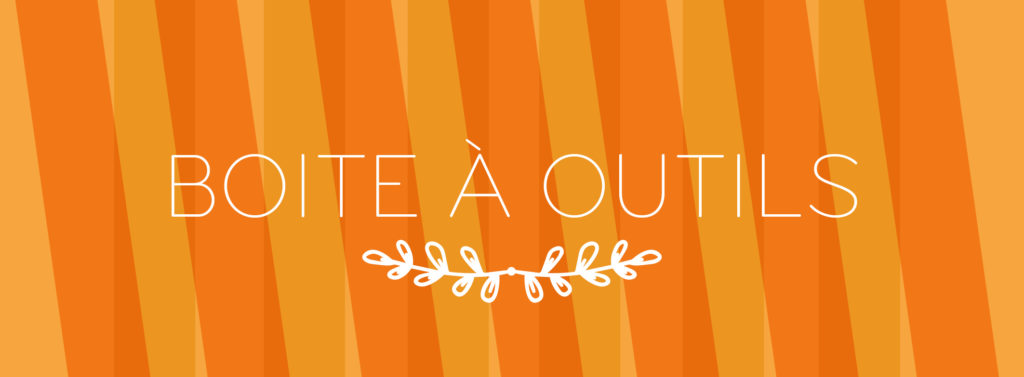What is digital accessibility? How does it work? What are the basics and why should I care?
Accessibility is about the online world being designed for people with disabilities, but not just that – it’s about making sure they can use, access, understand, navigate and even interact online effectively, letting them contribute and provide content.
European countries speak of digital accessibility as a human right. In France, in the law of 2005, it says that “for equality and equal opportunities, people with disabilities and their participation and citizenship” dictates, under article 47, that public online communication services for state services, regional collectives and public institutions on which they depend must be accessible. But what about the rest of the internet? Like everyone else, we don’t just use the internet to visit our city hall’s website, pay our taxes or look for the employment center.
Since 1997, the World Wide Web Consortium (W3C), the authority on web standards, has been involved in accessibility and created the Web Accessibility Initiative (WAI). WAI has issued 61 recommendations to make the online world more accessible and not just in how it appears, but also at a very basic level.
In this sense, content production tools should be able to be used by everyone, on the one hand, and on the other, they should allow and even promote accessible content. It naturally follows that they should also follow particular guidelines, which are listed in the Authoring Tools Accessibility Guidelines. Content posted online should also be accessible in itself, something we hear about a lot in terms of online accessibility. You can see all of the recommendations together in the Web Content Accessibility Guidelines. Finally, in order to make the most of this accessible content, communication tools (such as web browsers) should be usable by everyone, and specific information added should be implemented to make everything more accessible. The guidelines for accessible tools are available as part of the User Agent Accessibility Guidelines.
These various guidelines help everyone to create an accessible online world, where one of the fundamental criteria is to provide equivalent alternatives to visual and audio content (still or animated images, audio and video content, and so on).
Accessibility affects the work of everyone involved in an online project, from the ideas team to the graphic designers, developers, integrators and copywriters. These guidelines can also save time and money, as reworking a site to make it more accessible costs much more than simply considering accessibility from the start.
In France, the two historic benchmark frameworks (Accessiweb and RGAA) were joined in 2015, within RGAA V3, the national standard. RGAA is a system of cumulative standards, which means that level AA contains level A criteria, complementing others, and so on. The first two levels can reasonably be applied to every online resource.
These application methods, with the help of certain criteria and testing lists, help us to verify if a site conforms to WCAG. These criteria and tests involve the technical makeup of a website and the usability of its interface, just as much as how editorial content is produced. Some are simple to implement, others are quite complex.
Sources and references:
You can find a user guide online about RGAA created by the French government.
Consult the Web Content Accessibility Guidelines.
Accessibility basics on the W3C website.
See all recommendations and go back to the BrailleNet reference website.
